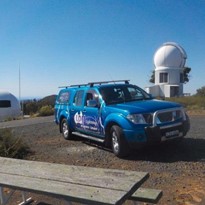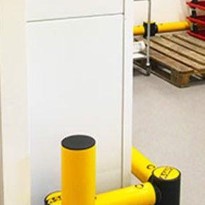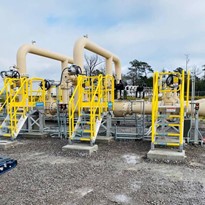Photovoltaic systems are designed to have an operational life of 20 or more years so the chances of an electrical disturbance causing damage over this time can be quite high. Protection against these disturbances will help to ensure
that a long operational life is achieved.
Statistics on damage due to lightning induced overvoltages have shown that electronic installations up to about one kilometre from the strike point may be susceptible to induced or line-carried overvoltages1. In a region with a lightning ground flash density of just one flash per square kilometre per year this equates to potentially 60 disturbances over a 20 year period.
For comparison a typical domestic dwelling in the same region has about 1 chance in 100 of taking a direct lightning strike over that 20 year period. Therefore protection against indirect strikes assumes a greater importance.
Protection Options
This application note follows the recommendations for lightning and surge protection set out in AS5033. There are two options to be considered before lightning and surge protection is applied.
Depending upon whether the building has an external lightning protection system (LPS) will determine the choice and placement of surge protection devices (SPDs).
Building without external LPS
This is by far the most common case where a building has no external LPS and so the risk of a direct lightning strike is not considered.
Figure 3 shows a building with roof mounted solar array and inverter mounted in the roof space. This is shown in order to highlight other variations ; normally the inverter would be mounted close to the main switchboard and in a location that is readily accessible, in accordance with AS/NZS5033-2012.
Building with external LPS
Figure 4 shows a building with an external lightning protection system (LPS). In accordance with AS1768 - 2020 the solar array frame must be bonded to the LPS. In this case the solar array frame and its earthing conductor form part of the LPS. Thus partial lightning current will flow in the array bonding and earthing conductors. These must be sized accordingly and 35 sqmm is recommended in AS1768-2020.


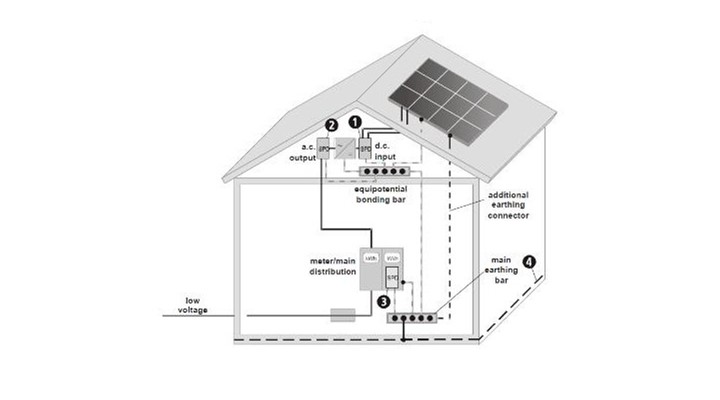
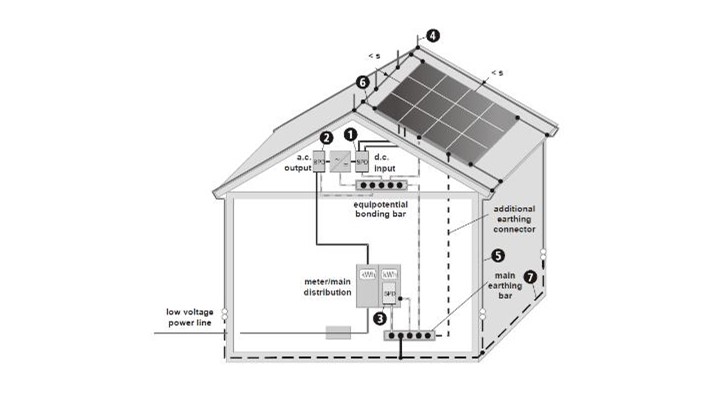
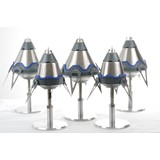
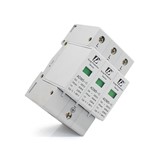


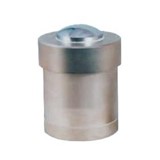

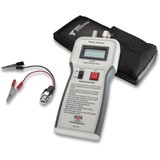
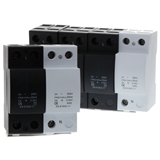
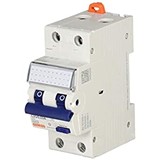
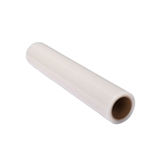
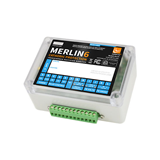

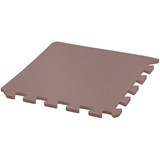
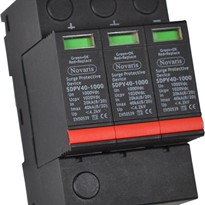

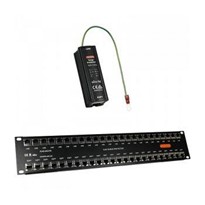
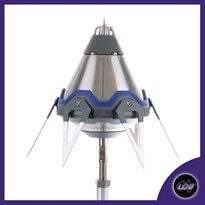
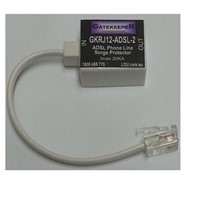
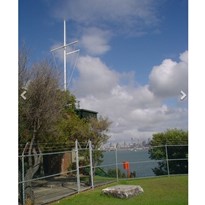

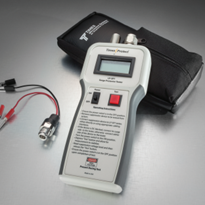
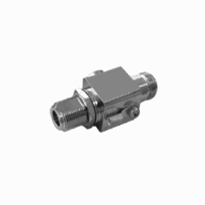
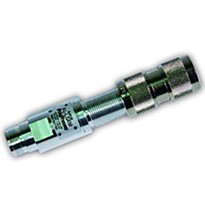
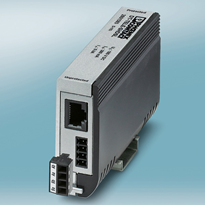
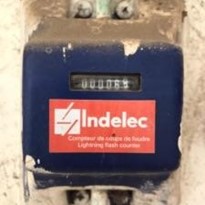
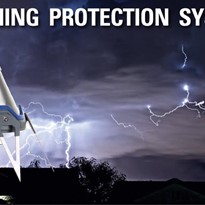
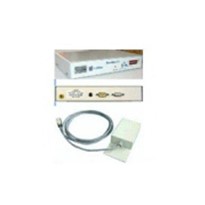
-205x205.jpg)
